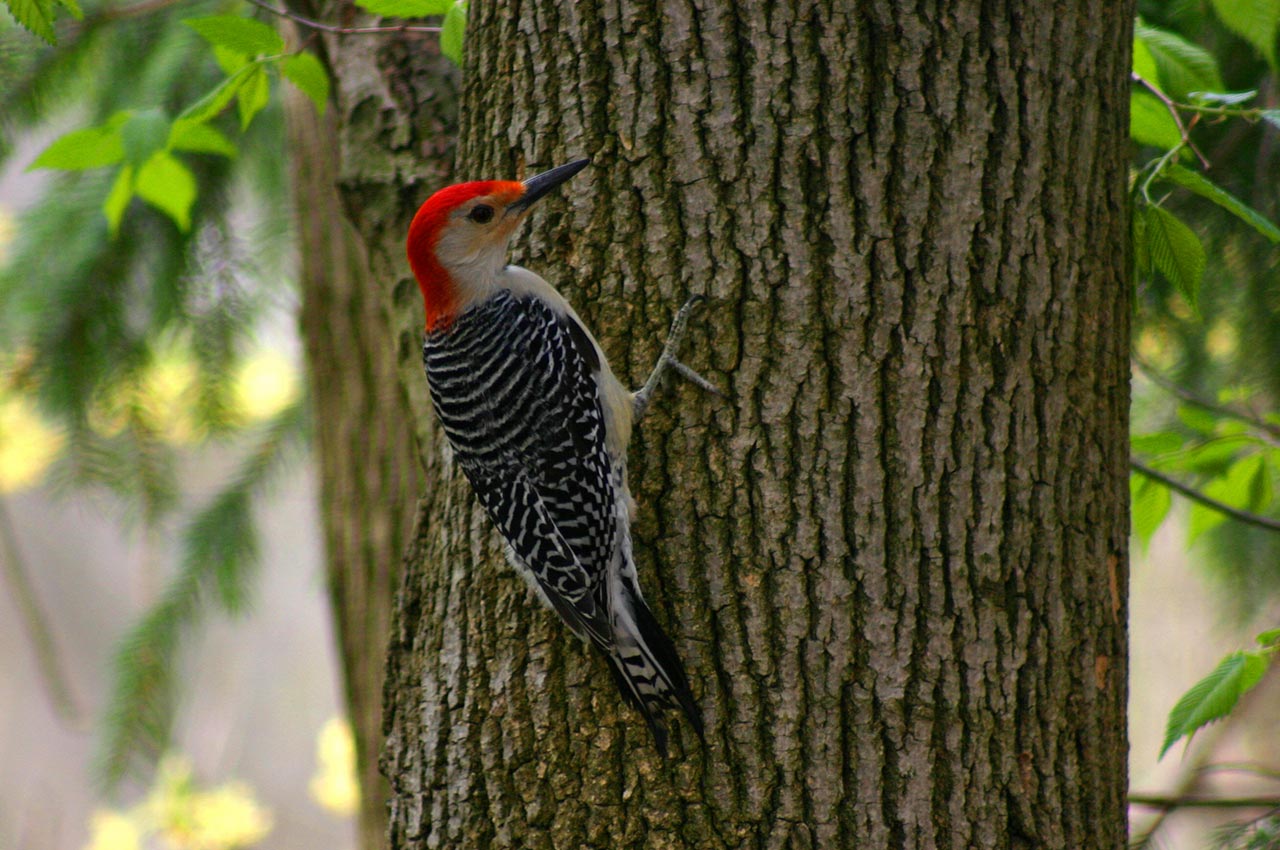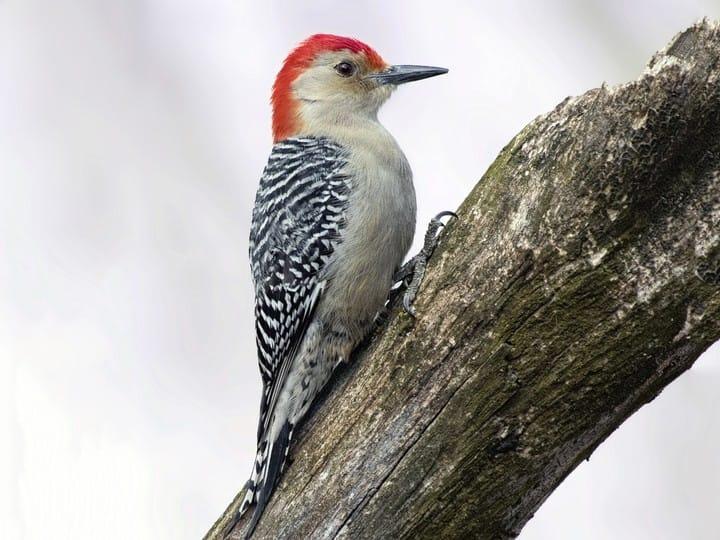Coming Across Woodpeckers in Florida: Species Diversity and Identification
Coming Across Woodpeckers in Florida: Species Diversity and Identification
Blog Article
Discover the Interesting Globe of Woodpeckers: Everything You Required to Know
The globe of woodpeckers is a realm filled up with one-of-a-kind actions, detailed adaptations, and a varied range of varieties. From their environments and distribution patterns to their feeding practices and specialized anatomical functions, woodpeckers have actually long mesmerized the rate of interest of ornithologists and nature enthusiasts alike.
Woodpecker Habitats and Distribution
Woodpeckers occupy a diverse series of atmospheres worldwide, showcasing flexibility in their circulation patterns. These resistant birds are discovered in woodlands, timberlands, savannas, and deserts across various continents, demonstrating their capability to prosper in different weather problems. In The United States and Canada, for instance, woodpeckers can be detected in both coniferous and deciduous woodlands, utilizing their solid beaks to forage for bugs and create nesting dental caries in trees. In Africa, particular woodpecker types have actually adapted to dry environments, such as the acacia woodlands, where they play a critical duty in managing insect populaces.

Feeding Behaviors and Diet Regimen
Woodpeckers utilize their solid beaks to pierce into the bark of trees, probing for insects and larvae concealed below the surface. In addition to pests, woodpeckers likewise take in nuts, seeds, fruits, and sap.
Woodpeckers are recognized for their drumming habits, which serves not just to communicate with other woodpeckers yet likewise to find food. The fast drumming sound is produced by the bird pecking on resonant surfaces like dead trees or steel posts. This habits can bring in insects concealed in the timber, permitting the woodpecker to detect their existence and feed upon them.
Special Adaptations for Tree Climbing
In their proficient search of insects hidden within tree bark, woodpeckers have advanced impressive physiological attributes that equip them with unique adjustments for reliable tree climbing. Among the essential adjustments is their zygodactyl feet, with 2 toes pointing onward and 2 aiming backwards, giving a solid grasp on tree trunks. This specialized foot plan enables woodpeckers to cling to vertical surfaces easily, enabling them to move up and down trees with dexterity. In addition, woodpeckers have rigid tail plumes that act as a helpful prop while they climb, assisting in equilibrium and security. Their strong, chisel-like beaks are not only used for drilling into timber but likewise for grasping onto bark as they rise tree trunks. In addition, woodpeckers have solid neck muscular tissues and a distinct head framework that soak up the influence of constant pecking, permitting them to climb up vertically without creating harm to their brains. These adjustments display the amazing transformative layout that find here makes it possible for woodpeckers to navigate trees with accuracy and efficiency.
Diverse Woodpecker Species Worldwide
With over 200 different species spread across different environments worldwide, the household of Picidae incorporates an exceptional diversity of woodpeckers. These birds can be found in forests, forests, savannas, and even urban areas, showcasing their versatility to various settings. From the iconic Northern Flicker in The United States And Canada to the vivid and evasive Crimson-backed Flameback in Asia, each woodpecker types shows one-of-a-kind features in regards to tuft, habits, and environment preference.
Woodpeckers differ substantially in size, with the small Downy Woodpecker gauging around 6-7 inches in length, while the powerful Lineated Woodpecker can reach up to 17 inches - Woodpeckers in Florida. Their beaks additionally come in different forms and sizes, showing their feeding routines. Some types concentrate on extracting pests from tree bark, like the Acorn Woodpecker, while others, such as the Black-cheeked Woodpecker, feed on fruits and seeds

Conservation Efforts and Difficulties
Conservation campaigns for woodpecker populations are vital in mitigating the effect of environment loss and various other threats facing these varied avian varieties. Woodpeckers encounter numerous difficulties to their survival, primarily because of logging, urbanization, climate adjustment, and invasive varieties. To deal with these problems, preservation initiatives focus on protecting and bring back woodpecker environments, applying lasting forestry methods, and elevating recognition concerning the significance of these birds in ecosystems.
One significant obstacle in woodpecker preservation is the fragmentation of their habitats, bring about isolated populaces that are much more vulnerable to extinction - Woodpeckers in Florida. Conservationists function to create wildlife hallways and official source protected locations that link these fragmented environments, enabling woodpeckers to relocate in between various areas for feeding, reproducing, and shelter

Final Thought
In conclusion, woodpeckers are interesting birds with special adjustments for tree climbing and feeding actions. Additional study and conservation actions are needed to ensure the survival of woodpeckers in the wild.
Report this page